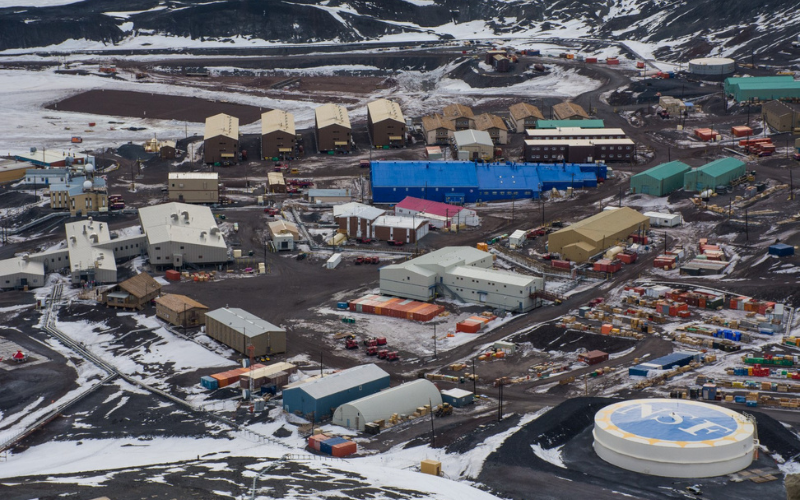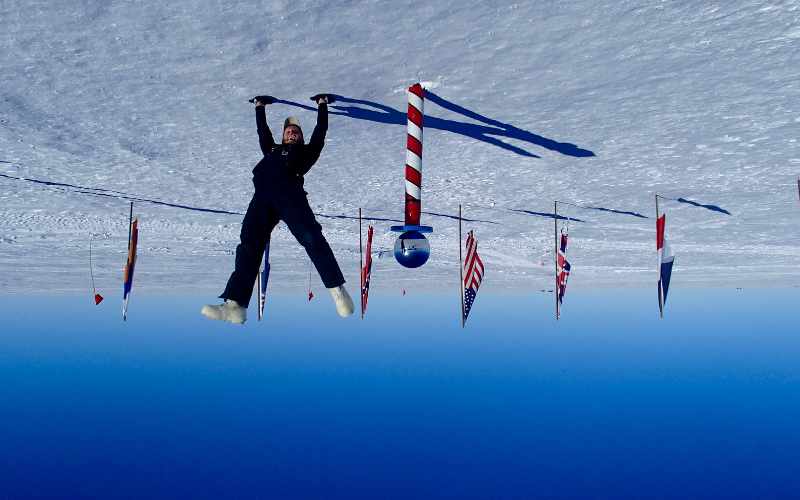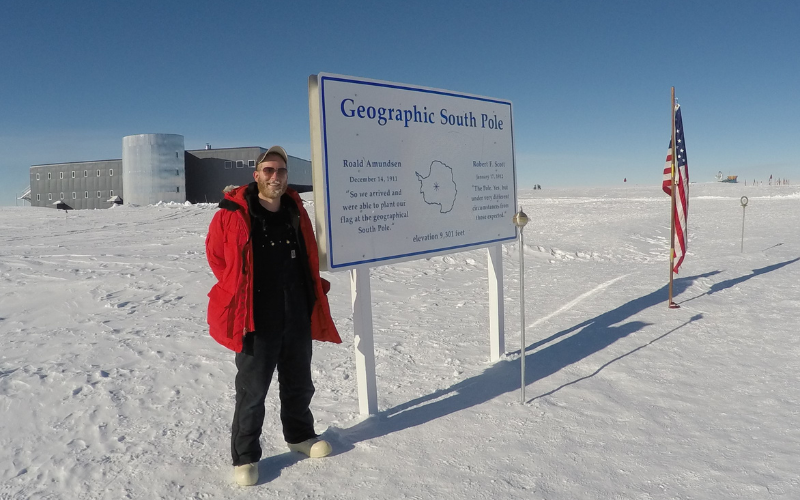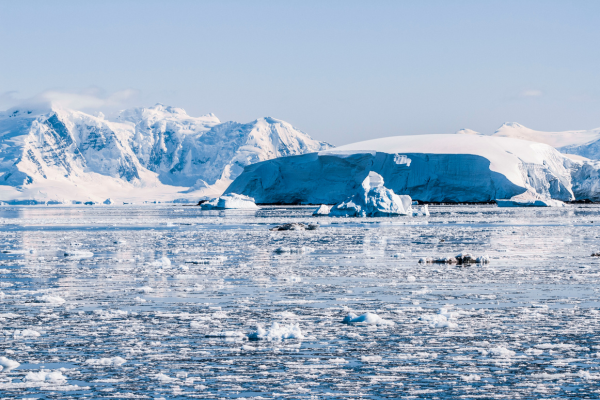Feeding the Icy Frontiers: St. Charles Trading's Antarctica Endeavors


Battling the Extremes: Chicagoland vs. Antarctica
Although the weather here in Chicagoland gets cold, it is nothing like freezing temperatures in remote Antarctica. The average temperature of the interior is about -71 degrees Fahrenheit.
An Elgin, IL-based Food Ingredient Distributor, St. Charles Trading helps over 1,000 people get fed in that inhospitable area for an entire year in Antarctica, a year in advance.
Logistics in the Ice: Challenges of Antarctica Food Supply
There are a lot of logistical challenges in getting food to Antarctica, particularly fresh food. Brian Eisenstatt, Project Manager, Kaiyuh Services, stated, “Fresh food is flown down a limited number of times each summer, but weather and other delays can slow deliveries. They don’t bring down fresh milk, or anything like that, so they have powdered milk.”
There are about a thousand people at McMurdo Station who eat at the cafeteria, that’s their only source of food. And so, if they eat breakfast cereal, they need milk, powdered milk that is.
“St. Charles Trading has been able to get us so many more of these ingredients that we always struggle with, it has been really helpful,” Eisenstatt says.
The process of feeding the scientists in Antarctica takes years. “We start the forecasting and planning for this food order in the spring. Then, we were given a draft order in May from our client, and then we go out and make sure we can get these products, get the pricing, and work on bringing it in. We have 12 weeks to bring it into our warehouse in California. Once it’s all brought in, that’s when we start packing.” Eisentatt stated.
Journey to the Ice: From Packing to Port Hueneme
“The packing period lasts from mid-September until Thanksgiving when we’re packing everything into specialized food containers that go to Port Hueneme, where it is loaded on a resupply vessel. The resupply vessel starts the journey to New Zealand.” continued Eisenstatt.
The vessel picks up a couple more things and heads down to Antarctica. The food comes to McMurdo Station by mid-February, where it will be unloaded and put into a warehouse over the winter (because their seasons are opposite). The food will primarily be consumed from October 2024 through February/March 2025.
Powdered ingredients with long shelf lives are key for the Antarctica team, and the ingredients that St. Charles Trading provides will not be eaten until possibly 2025.


Antarctic Sustenance: Powdered Ingredients and Long-Term Provisioning
Eisenstatt helps fulfill the food order for two stations out of three US bases, McMurdo Station, which peaks out at around a thousand people that rotate in and out going into the field on different science projects or supporting other stations, and South Pole Station, which maxes out at about 150 people.
The cafeteria at McMurdo Station has four mealtimes, including a midnight meal for the night crew.
“For every one researcher, they need 4-5 support staff down there to do everything from maintaining the vehicles, fueling the station, cooking the food, cleaning…there’s so much involved in keeping that place running. It is so remote; they must be very self-sustaining.” Eisenstatt said.
Biosecurity in the Ice: Safeguarding Antarctic Food Shipments
Biosecurity and other security measures are critical to food shipments. Eisenstatt says, “As far as packaging the food goes, everything must be on a heat-treated pallet. We transfer everything onto heat-treated pallets for the dry goods, because it has to go through New Zealand, and they are very strict on biosecurity. We don’t want any pests coming into New Zealand and Antarctica. And we are given certain height and depth requirements so that everything fits into their containers on the ships.”
Believe it or not, they have a freezer in Antarctica, to store frozen food. In Antarctica, all of the refrigerated items have to be frozen to extend the shelf life. The dry goods are separated into “do not freeze” and “can be frozen” because the heated storage space is limited in Antarctica. All of the food St. Charles distributes will go into a non-temperature-controlled warehouse, thus “Can be frozen”.
“Over the winter, the food goes into a deep freeze, and over the summer, when the sun beats down on the roof of the warehouse containing food that isn’t temperature-sensitive, it can get up into the fifties and sixties,” said Eisenstatt.
Beyond Borders: The Unyielding Spirit of Antarctic Support
St. Charles Trading is happy to serve the scientists and support staff of Antarctica. We hope to continue offering assistance through our fine-quality ingredients!
For more information, check out St. Charles Trading, Gana-A’Yoo, and McMurdo Station.
